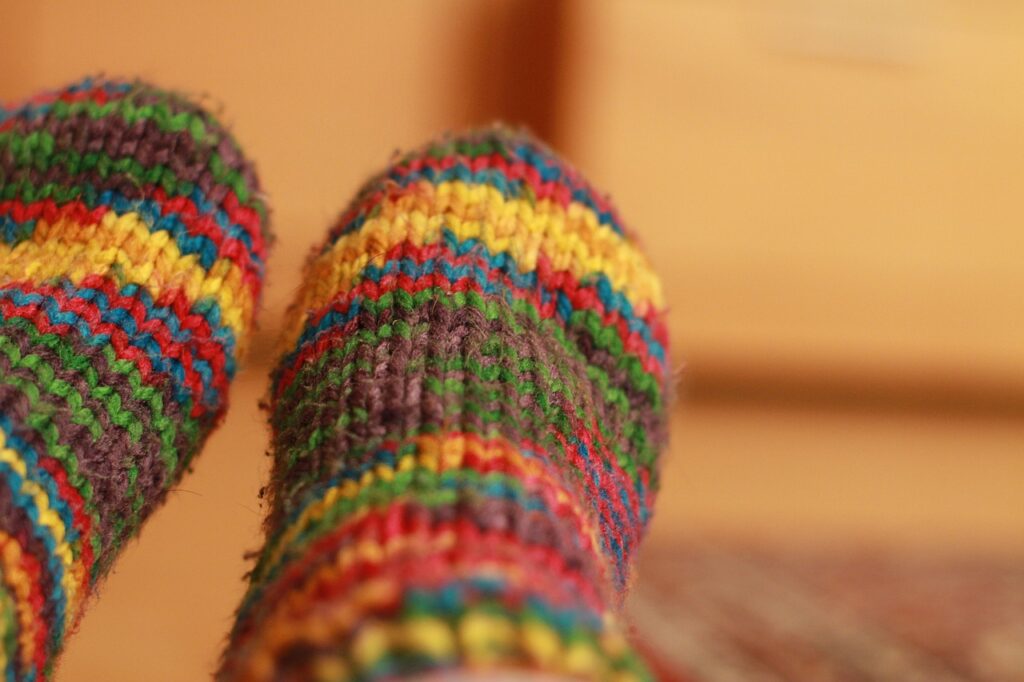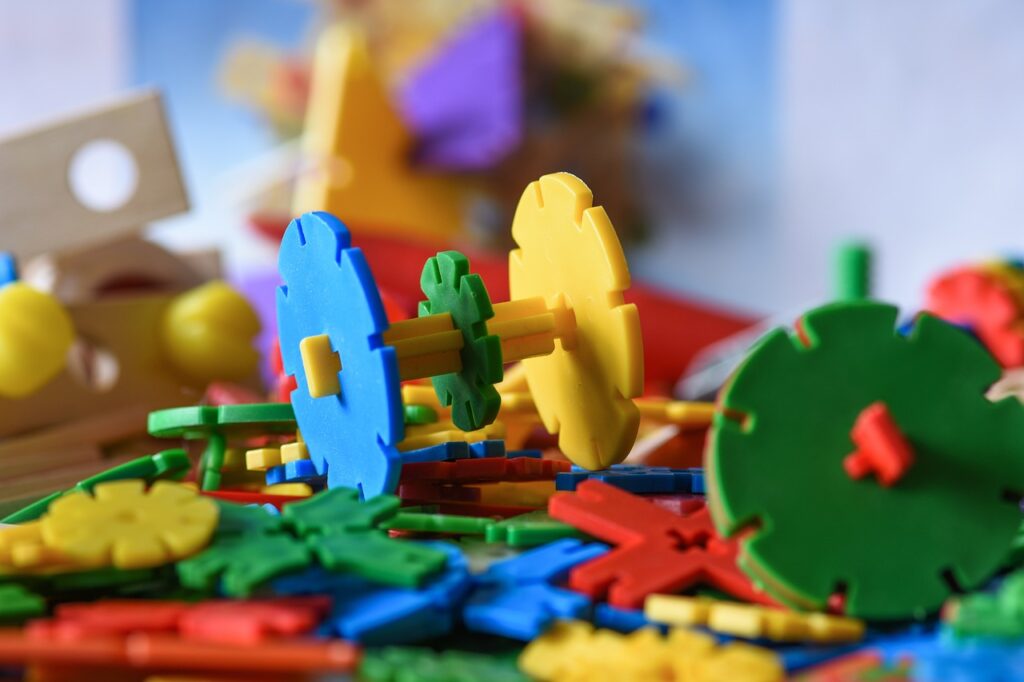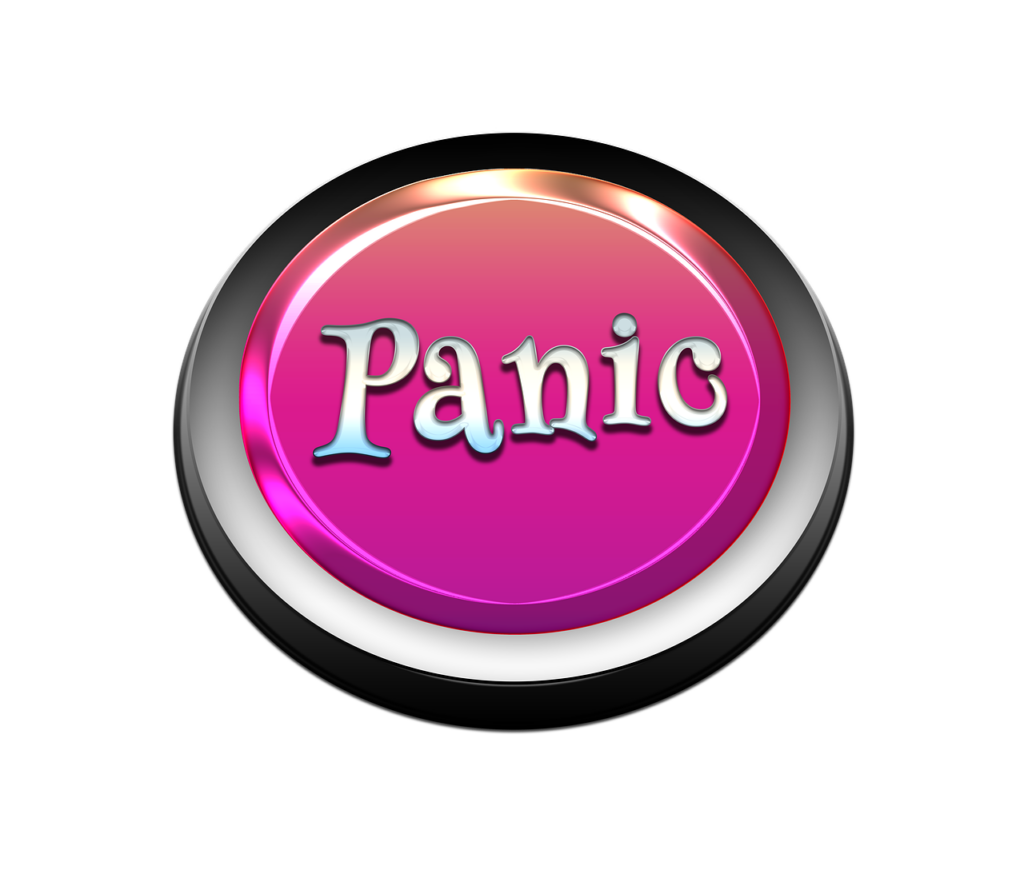We all know that sleep is important for so many reasons – but researchers are now isolating not only the hours of sleep, but the type of sleep that is important for us. And they are finding that the lack of sleep can accentuate and accelerate issues like Alzheimer’s disease.
Recent research reveals a compelling connection between sleep quality and brain health, particularly in relation to Alzheimer’s disease. A groundbreaking study led by Gawon Cho from Yale School of Medicine found that insufficient time spent in deep sleep stages—slow-wave and REM sleep—may accelerate deterioration in brain regions associated with early Alzheimer’s disease.

The study discovered that inadequate deep sleep correlates with shrinkage in the inferior parietal region, an area critical for processing sensory information. This finding aligns with clinical observations by preventive neurologist Dr. Richard Issacson, who confirms the relationship between sleep metrics and cognitive function.
During deep sleep, our brains perform essential maintenance—clearing toxins, repairing tissues, and restoring bodily systems. REM sleep facilitates emotional processing and memory consolidation. Despite adults needing 7-8 hours of quality sleep with 20-25% in deep and REM stages, more than one-third of American adults are chronically sleep-deprived.
With all of this in mind, here are 8 ways to try to sleep better.
8 Essential Tips for Better Sleep
- Create a Sleep Nest: Maintain a cool bedroom temperature (60-67°F) with a comfortable mattress and appropriate bedding.
- Develop a Routine: Establish a consistent bedtime ritual and stick to regular sleep-wake times, even on weekends.
- Cut the Lights: Eliminate sources of light, especially blue light from electronic devices, to support natural melatonin production.
- Dampen Sound: Use white noise or fans to mask disruptive sounds and keep smartphones outside the bedroom.
- Boycott Caffeine: Avoid caffeinated beverages and foods (including chocolate) at least six hours before bedtime.
- Skip the Alcohol: While alcohol may help with falling asleep, it disrupts deeper sleep stages necessary for restoration.
- Avoid Heavy or Spicy Foods: Choose light, sleep-promoting snacks like nuts, cherries, or bananas instead of heavy meals before bed.
- Make the Bedroom Sacred: Reserve your bed exclusively for sleep and intimacy to train your brain to associate it with rest.
Prioritizing quality sleep isn’t just about feeling refreshed—research shows good sleep habits can add nearly five years to a man’s life expectancy and 2.5 years to a woman’s. With sleep deprivation linked to numerous health conditions from cardiovascular disease to dementia, implementing these strategies represents a vital investment in long-term health.





